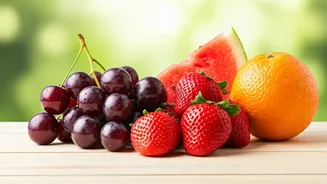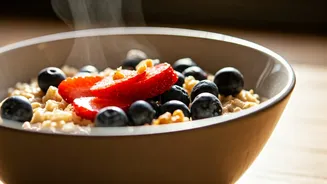Appearance and Origins
Lemons and limes, though both members of the citrus family, present noticeable differences when side-by-side. The lemon, often recognized by its bright
yellow hue and oval shape, is typically larger. In contrast, limes are smaller, rounder, and green. This visual disparity is a key identifier. Furthermore, the flavor profiles they offer diverge significantly, playing a crucial role in culinary applications and dietary choices. Understanding these simple differences provides a foundation for appreciating the unique contributions each citrus fruit makes in the realm of flavour and nutrition.
Flavor Profile Showdown
Taste is where the lemon and lime diverge significantly. Lemons, owing to a higher concentration of citric acid, are markedly more sour. This tartness, however, is often complemented by subtle sweet undertones, which can be found in a balance. Limes, while also sour, carry a sharper and sometimes slightly bitter flavor, lending a more pungent aroma to the taste. This variance in flavour is vital for their different uses in cooking and beverages. Lemon zest offers a strong zest for baked items, while lime zest enhances cocktails with potent oils.
Nutritional Value Overview
Both lemons and limes are packed with nutrients and are beneficial for overall health, primarily due to their elevated levels of vitamin C. Lemons stand out with a higher vitamin C content, which is very helpful for boosting immunity and promoting collagen production, essential for healthy skin. Limes, in turn, provide more flavonoids. These antioxidants assist in digestion and combat inflammation. The inclusion of both fruits in the daily diet provides a well-rounded approach to enhancing immunity and improving overall health. The best choice ultimately depends on personal goals and preferences.
Culinary Applications Explained
The contrasting flavors of lemons and limes lead to diverse culinary applications. Lemon zest is a favorite for flavouring baked items and marinades due to its thickness. Lime, with its thinner zest, offers essential oils that are very aromatic for cocktails and savoury dishes, adding an extra layer of flavour. Lemon water is a common addition to morning routines, offering a refreshing cleanse. Limes, on the other hand, are the go-to fruit for pickles, chutneys, and salad dressings, providing a tangy freshness. These variations highlight how each fruit's distinct characteristics influence its utility in the kitchen and the dining experience.












